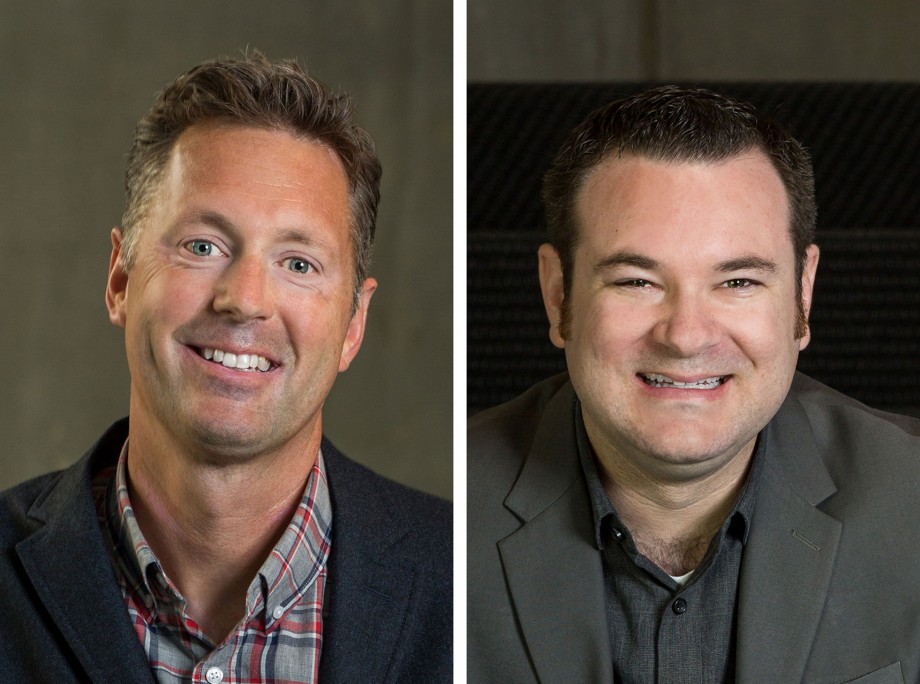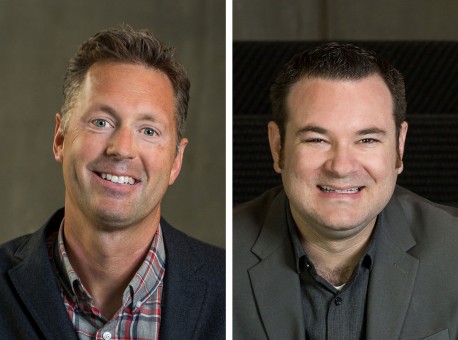David Senden & Ben Kasdan – Generational Differences and Timeless Designs – This is Not Your Father’s Student Housing
MultifamilyBiz.com
December 2, 2014
IRVINE, CA – What do today’s student residents – and their parents – expect from student housing options at colleges across the nation? Current students are unlike previous generations in many ways and their housing should reflect those unique needs accordingly, says Design Principal, David Senden, and Senior Designer, Benjamin Kasdan, AIA, LEED AP, of KTGY Group, Inc., an award-winning national architecture and planning firm.
“Student housing design should be timeless, and should depict an environment that isn’t childish or overly stylized,” Senden says. “Student housing is not simply market-rate apartments that targets students. Designing for people who you know will move out after nine months, or for people who will have roommates that they may not even know, is a very different process.”
Senden says it means considering everything from how the common wall between rooms is constructed in order to ensure privacy to how several individuals share a pantry and how you should heat hot water, if four people will be getting ready for the day at the same time, each in his or her own bathroom. “Designing student housing requires a whole new level of considerations. And, that’s just the units,” Senden says.
“It is a challenge to design housing for students,” adds Kasdan. “We want the aesthetics to feel young and dynamic, like the population it serves, while simultaneously tying into the existing campus fabric as well as possibly the downtown area, if it sits on the edge of the campus border. Plus it needs to serve its student residents for decades along with their unending changes in taste and preferences.”
Senden and Kasdan agree that it’s important that even though you are designing for students, the buildings need to look very grown up and sophisticated. “Today’s students are worldlier and more design savvy than ever before,” Senden says. “The focus is less-is-more; simple, clean, adaptable, sustainable and, ultimately, timeless. Not timeless in the sense of fitting into some historic mold, but timeless in a way that it’s not trendy or edgy or filled with the fad of the moment, on the outside that is.”
Kasdan says that some of the recent student housing designs trends have found their inspirations from hospitality design. “Students want their housing to be fun, fashionable, and to offer the latest in connectivity and comfort, just like their lifestyle. The students are going to wear out the interiors, so they are designed knowing that they will be remodeled with regularity. It is here that the technology, finishes, materials, and color schemes can be edgy and push the limits. While the exteriors are simple, clean, and straightforward with a few embellishments that can be updated over the years if needed,” Kasdan adds.
In creating the ideal setting for students, it is essential to create the student amenity spaces that offer a variety of experiences and levels of community connections, according to Kasdan. “A ground-floor amenity creates the opportunity for the residents to be a part of the larger community and opens the door for that interaction and integration to occur with a visual and physical connection to the street and to the campus,” Senden says.
Senden adds that incorporating an upper level or rooftop amenity space creates a more private area for the residents and guests and offers indoor/outdoor spaces for them to gather and form their own community within the building, while still maintaining visual connectivity to the campus. A rooftop amenity space can offer a pool, lounge spaces, fire pit chat areas, an expansive sun deck and 24/7 fitness facilities.
Sustainability for today’s students is not a new trend, but an integral part of their lives, and is the result of “good design,” says Kasdan. “Today’s students recycle and have been concerned with the preserving environment since they were young children; and they expect their housing to be sustainable.”
Kasdan adds that good design inherently incorporates a variety of sustainable strategies that are intuitive and instinctual. “Good design also leads to the best possible experience for the users – where spaces are well-lit by the sun and well-ventilated by the breeze, utility costs are minimized, tactile surfaces are durable and non-toxic, structure is clean and efficient, and the project is economically successful for its owner,” Kasdan says. “To that end, we view prestigious certifications as the logical expression of a well-designed sustainable student housing building, as opposed to the primary goal.”
Kasdan and Senden say that although students go to college to learn, equally as important is the collegiate “experience.” “It is important to create an environment for the students that allows them to have the best possible social experience in a setting that is safe, comfortable and still fosters an academic mission,” Senden says. “It needs to speak to the students’ sense of fun and adventure, but also to the parents’ sense of practicality, security and pocketbook.”



